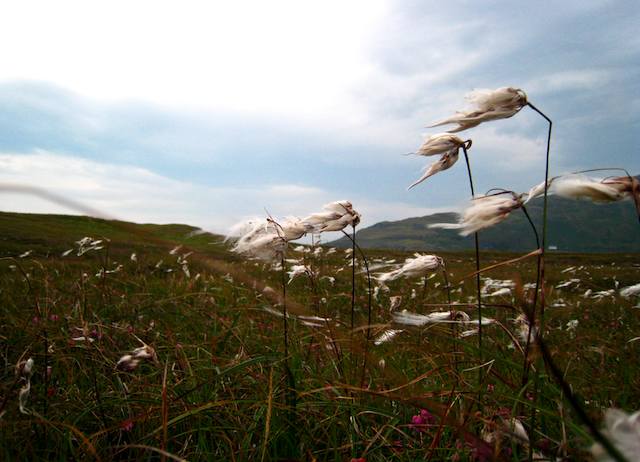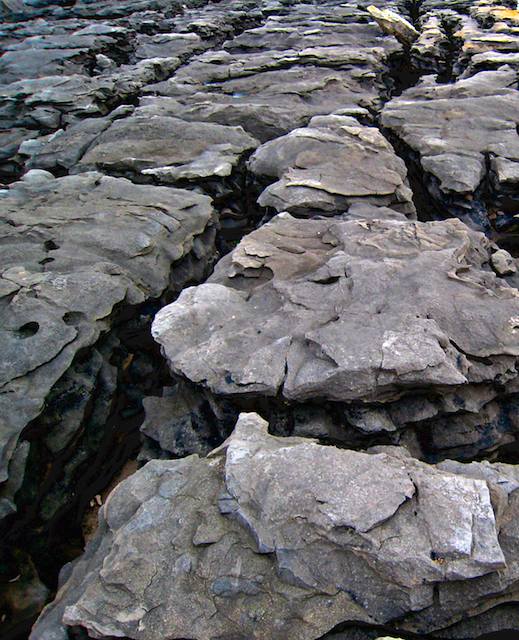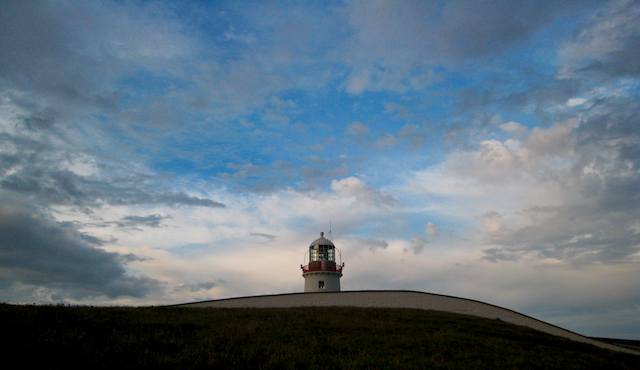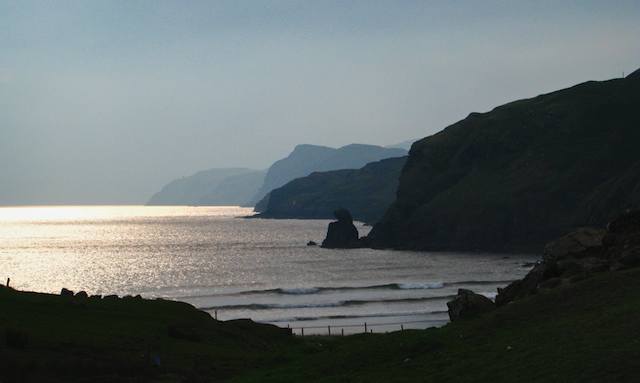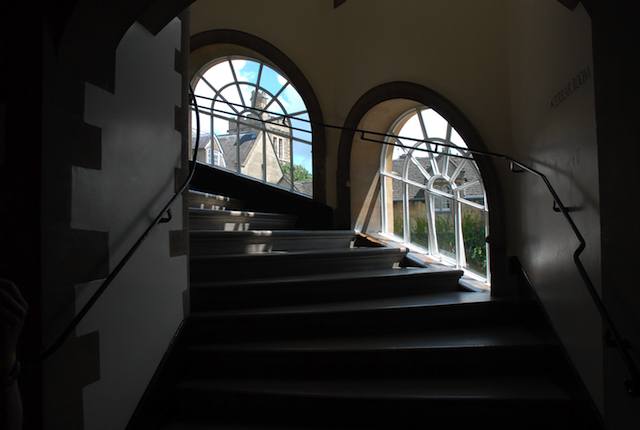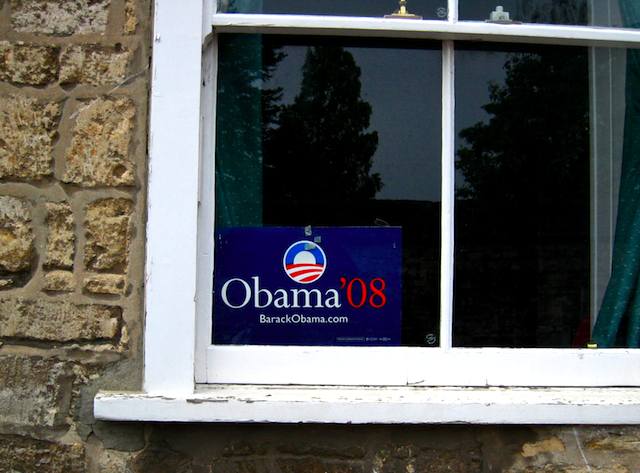From Technology Review…
Last week, Kodak launched the first ever 50-megapixel camera sensor. While such high resolution goes beyond the needs of most consumers, for professional photographers the new sensor will enable photographs to be taken at an unprecedented level of detail.
For example, in a picture taken of a field one-and-a-half miles across, the sensor would make it possible for a viewer to detect an object measuring just one foot across.
This sort of resolution is only really essential for and targeted at high-end professional photography, in which high-quality images often need to be blown up large. But it could also be useful for some other applications, such as aerial photography as used for services like Google Earth. “The ability to have more pixels lets the plane fly higher, so you don’t need as many pictures,” says Mike DeLuca, marketing manager for Kodak’s Image Sensor Solutions, based in Rochester, NY.
The sensor, which produces an array of 8,176-by-6,132 pixels, further closes the gap between traditional film and digital photography. “We’re really close to how film was operated,” DeLuca says. “It’s very close.” Now, he says, it’s just a matter of the photographer’s personal preference.
I want one! But just think of the RAM, storage and processing power we’ll need downstream of such a sensor.
UPDATE: Richard Earney emailed to say that Phase One have released a 60 megapixel 645 back for medium-format cameras.

Wonder who’ll be first to 100 MP?
